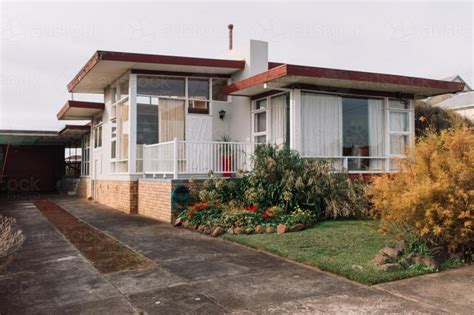Discover the charm of 1960s houses in Australia. Explore the unique architecture and design elements that define this iconic era.
The Evolution of 1960s Houses in Australia
The 1960s marked a period of significant change in Australian architecture, with a shift towards modernity, functionality, and innovation in residential design. This era saw the emergence of distinct architectural styles that reflected the evolving social, cultural, and economic landscape of the country. 1960s houses in Australia were characterized by their clean lines, open floor plans, and integration of indoor and outdoor spaces. Let’s delve into the fascinating world of 1960s houses in Australia and explore the unique features that defined this era.
Architectural Styles of the 1960s
During the 1960s, Australian architects drew inspiration from international trends such as Mid-Century Modern, Brutalism, and the Bauhaus movement. These influences culminated in the development of distinct architectural styles that were both innovative and practical. One of the most prevalent styles of the era was the Mid-Century Modern design, characterized by its flat planes, large windows, and open living spaces. This style emphasized simplicity, functionality, and a seamless connection to nature, making it a popular choice for residential homes in Australia.
Features of 1960s Houses
1960s houses in Australia were designed with a focus on practicality, efficiency, and comfort. Key features of these homes included flat or low-pitched roofs, exposed structural elements, and the use of new materials such as concrete, steel, and glass. Large windows and sliding glass doors were common in 1960s houses, allowing for ample natural light and a strong connection to the outdoors. Open floor plans and flexible living spaces were also typical of this era, reflecting the changing lifestyles and social dynamics of Australian families.
Interior Design and Décor
The interior design of 1960s houses in Australia was characterized by a minimalist aesthetic, with an emphasis on clean lines, geometric shapes, and a neutral color palette. Furniture and décor from this era often featured organic forms, bold patterns, and vibrant colors, reflecting the influence of popular design movements such as Pop Art and Scandinavian modernism. Iconic pieces of furniture, such as the Eames lounge chair and the Noguchi coffee table, became staples in 1960s homes, adding a touch of sophistication and style to the interiors.
Outdoor Living Spaces
One of the defining features of 1960s houses in Australia was the seamless integration of indoor and outdoor living spaces. Patios, terraces, and garden areas were designed as extensions of the interior living areas, blurring the boundaries between inside and outside. Outdoor entertaining became a popular pastime for Australian families, with barbeques, pool parties, and al fresco dining becoming common occurrences. The emphasis on outdoor living reflected the country’s mild climate and the desire to embrace the natural beauty of the Australian landscape.
Legacy and Influence
While many 1960s houses in Australia have undergone renovations and updates over the years, the legacy of this era’s architecture continues to influence contemporary design trends. The emphasis on open, light-filled spaces, sustainable materials, and a strong connection to nature remains relevant in modern residential architecture. Architects and homeowners alike continue to draw inspiration from the innovative spirit of the 1960s, adapting its principles to meet the needs and preferences of today’s society.
In conclusion, the 1960s was a transformative period in Australian architecture, shaping the way we design and experience residential spaces. The legacy of 1960s houses in Australia lives on in the modern homes that dot the landscape, reminding us of the innovation, creativity, and forward-thinking spirit of this iconic era.